Nothing’s worse than a broken HVAC system in the middle of winter. Patio covers might offer a bit of protection from the cold when you’re outdoors but the majority of your time will be spent cozying up inside, so without a working heating unit, it can be a brutal couple of months.
Maintenance Musts
Regular maintenance will help you avoid any potential malfunctions and unsightly repair bills, and keeping your system in tip-top shape all year round will ensure a comfortable and cozy home no matter the season.
Change the Filters
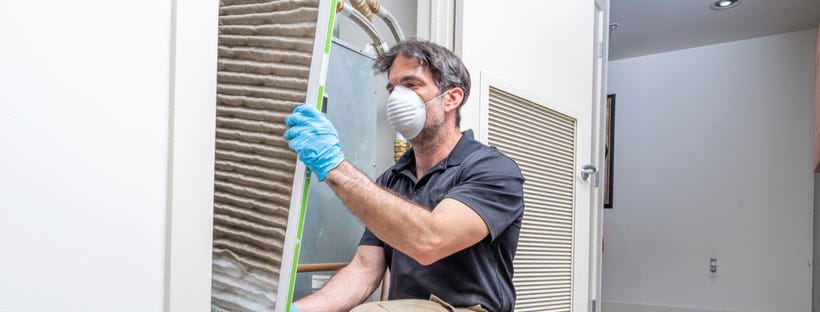
Filters with layers of debris will decrease the efficiency of the system by causing it to work harder to get proper airflow. The easiest way to keep your HVAC working smoothly is regularly changing the filters about every three months. If they are in heavy use, it would be wise to change them every month, if possible.
Keeping grills clean will reduce the amount of gunk on the filters as well. Try giving them a good dusting every couple of weeks. You want the best airflow possible to both keep it in good shape and keep the bills as low as possible.
Trim Plants
Your outdoor unit provides the airflow, so keeping it free from any pesky shrubbery or weeds will allow it to function at its best capacity.
The system will work more efficiently with some cover, so nearby trees can work great but keep an eye out for any build-up of dead leaves near the bottom of the compressor that have fallen from them. If there aren’t any trees near the HVAC, then you can use a custom cover to keep the system protected.
Inspect Your Furnace
You never want to be caught by surprise in the dead of winter that the furnace is broken. Consistent and thorough visual inspection of the system will help you to avoid freezing through the cold season.
You want to look out for any debris build-up that could be blocking the vents and obstructing proper airflow. Once the area is cleared out, test the furnace to make sure it is functioning effectively.
Extra Insulation
The HVAC system should do an efficient job at keeping you warm during the winter months, but on the coldest days, blasting the heat will drive up the cost and strain the system. The added insulation will work hand-in-hand with your unit to ensure the best result at the lowest cost.
Check that there is adequate insulation in your attic and basement if your home has one. You can also lower the thermostat to a cooler temperature at night or while you are at work to save on energy. Many newer devices have a programmable timed feature to change the levels automatically.
Protect Your Unit
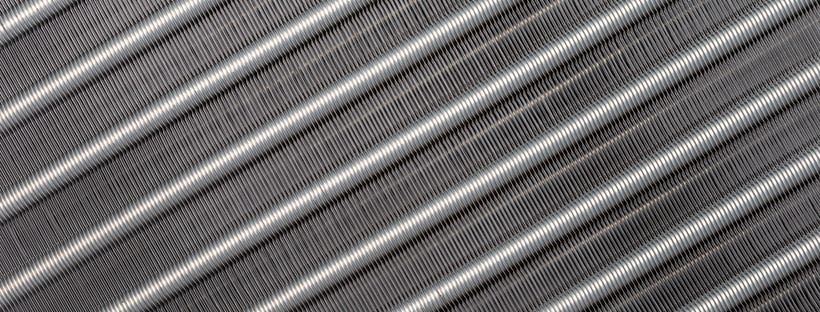
During the harsh cold months, the risk of snow, ice, and brutal winter storms can potentially damage your outdoor unit. If left unattended, a build up of snow can cause rust or corrosion to the coil and other internal parts.
The best way to protect it from damage is to sweep the area after significant snowfall and clear about a one-foot radius around the unit. Another way to shield the AC condenser from the elements is to cover the unit with a custom tarp, but remember to take it off after a snowstorm instead of leaving it on all winter.
Make Sure it is Level
Over time the pad beneath the condenser can sink into the ground and tilt causing the compressor to fail. Regularly check to make sure the condenser is level, and if it is not then use rot-resistant shims to level it out.
With a heat pump system, however, a slight tilt can actually help with defrost run-off in the winter – as long as it is slanted away from the home.
Check with a Professional
Winter is one of the best times to service your HVAC system, and it is always recommended to consult a professional for the best possible result. The technicians will ensure your safety and the efficiency of your system by checking for signs of wear and tear, while also cleaning the unit and optimizing the furnace.
Don’t Worry
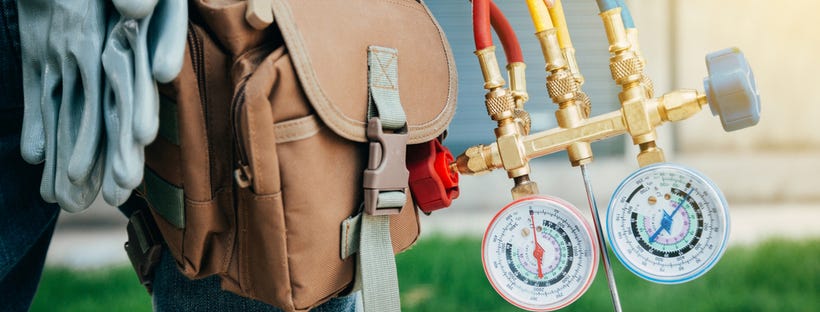
Chances are your routine maintenance will do the trick. It’s very rare for an HVAC system to go out without warning. In most cases, however, your system can be easily repaired by a professional. It’s best that you do not worry and instead focus your attention on curating a system that is both sustainable and energy efficient.
Premium quality cellular shades and outdoor patio shades help reduce the amount of heat transferring outside your house. Additionally, your fireplace, indoor or out, can provide sustainable heat throughout your home.
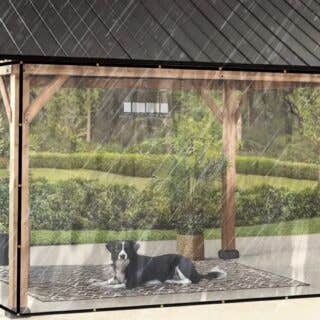
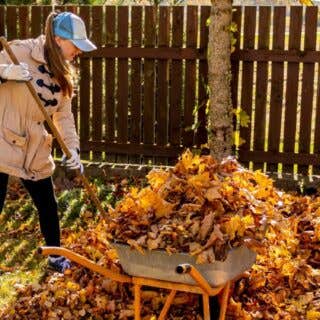
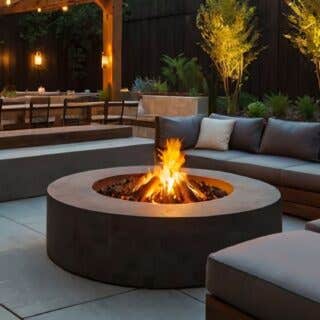




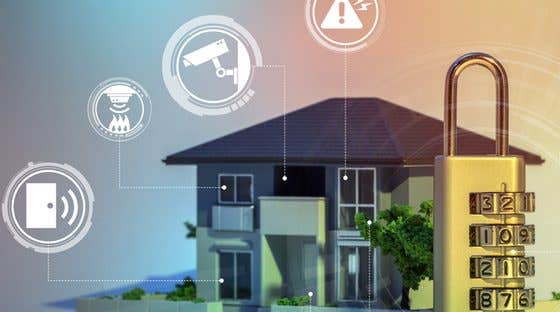

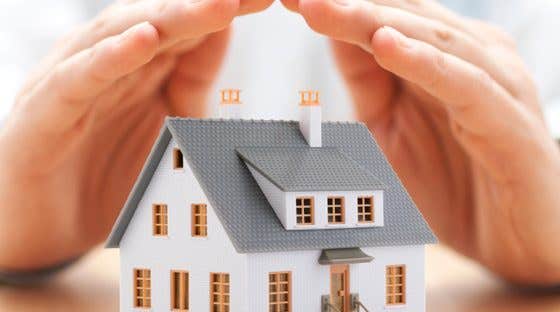

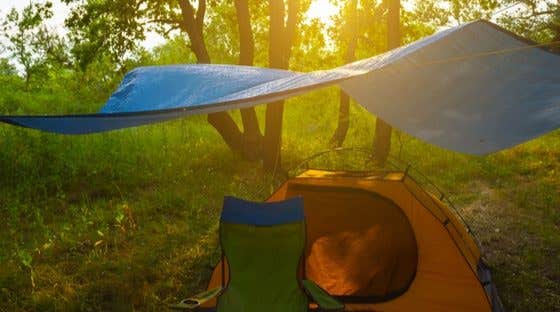
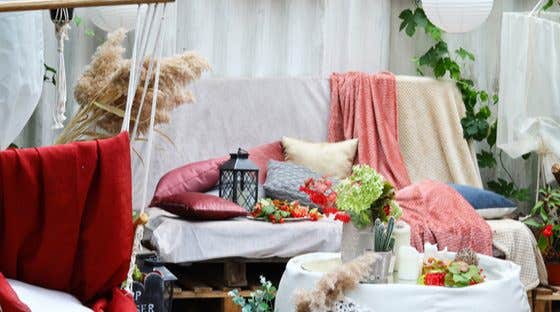
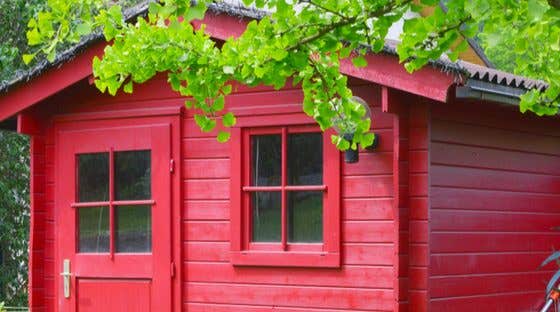
Recent Comments